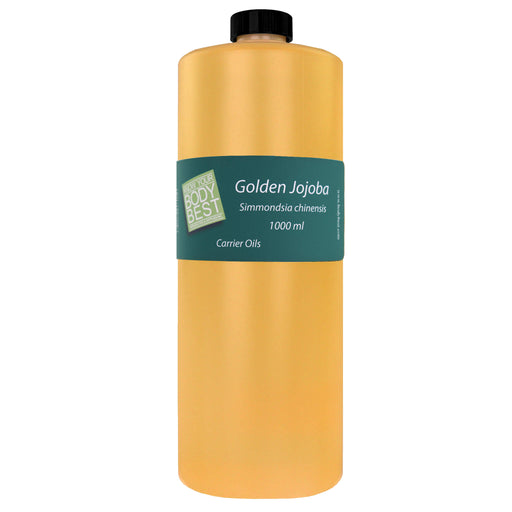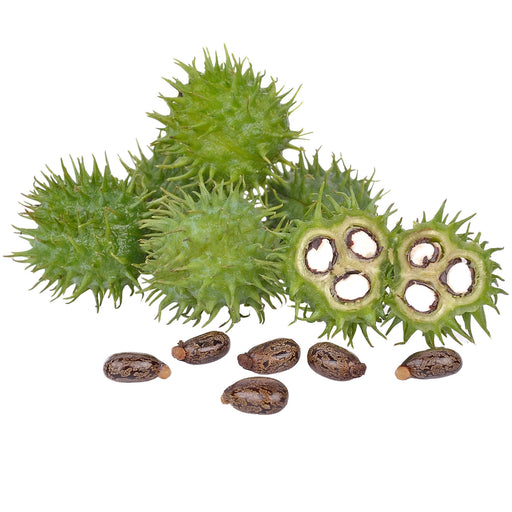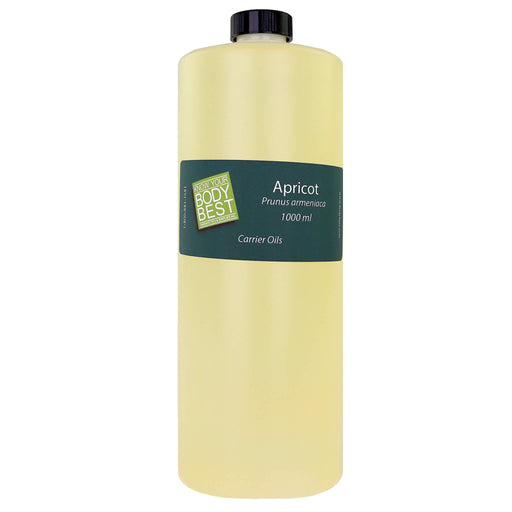over $250.00

The Importance of Core Strength and How to Improve It
Why is Core Strength so important for therapists?
"Core strength" refers to the strength and stability of the muscles that make up the core of the body, including the muscles of the abdomen, lower back, pelvis, and hips. These muscles work together to support and stabilise the spine, pelvis, and surrounding structures, providing a solid foundation for movement and overall body control.
Good core muscle strength helps anyone working on clients through their upper body and arms. The core provides support to apply pressure and access deep tissues without needing to bend at the waist. The therapist's legs and core supply the strength to adjust pressure to the client's body, while maintaining good, upright posture. Rather than leaning at the waist and reaching forward, let your hips bring your hands through the stroke.
The muscles at play here include the abs, spinal erectors, transverse abdominal, multifidus muscles, quadratus lumborum, and adductor muscles. They work together as a group to provide stability and balance. Their strength is essential for overall health and fitness for several reasons.
Injury Prevention: A stable core can help prevent injuries in the lower back and other areas of the body by supporting proper alignment and reducing strain on other muscles and joints.
Performance Enhancement: Athletes often rely on a strong core to improve performance in sports and other physical activities, as it allows for more efficient and powerful movements.
Posture and Spinal Support: Core strength contributes to good posture and helps support the spine, reducing the likelihood of developing postural issues and related discomfort.
Functional Fitness: A strong core enhances functional fitness, making it easier to perform everyday tasks like lifting objects, bending, and reaching.
To increase core strength, various exercises can be incorporated into your fitness routine.
Planks: The standard plank is an excellent core exercise that engages multiple core muscles. Start by holding the plank position with your elbows on the ground and your body straight, as if in a push-up position.
Russian Twists: Sit on the ground, lean back slightly, and lift your feet off the floor. Hold your hands together or with a weight and rotate your torso from side to side.
Bicycle Crunches: Lie on your back, lift your legs off the ground, and bring one knee toward your chest while simultaneously twisting your upper body to bring the opposite elbow toward the knee. Switch sides in a cycling motion.
Dead Bug: Lie on your back with your arms extended toward the ceiling and your legs lifted off the floor. Lower one arm and the opposite leg toward the ground while keeping your core engaged and back flat.
Leg Raises: Lie on your back and lift your legs off the ground until they are perpendicular to the floor. Lower them slowly back down without touching the ground.
Stability Ball Exercises: Incorporate exercises using a stability ball, such as stability ball rollouts or pikes, which engage your core muscles to good effect.
As with any fitness routine, it's essential to listen to your body, start at an appropriate level, and gradually increase intensity and difficulty over time. If you're new to any specific exercise or have any pre-existing health conditions, take it slow at first. Daily exercise is key to maintaining good core strength.
Featured collection
-
Original price $14.99 - Original price $124.99$14.99 - $124.99$14.99
Lowest Price per ml: $36.66
$9.99 - $109.99$9.99 - $109.99Current priceCurrent Price: $29.99
Price Per ml: $29.99
$9.99BodyBest Fractionated Coconut Massage Oil
BodyBestIn stockBenefits of BodyBest Fractionated Coconut Massage Oil Elevate your massage experience with our house-branded Fractionated Coconut Massage Oil, a pr...
View full detailsOriginal price $14.99 - Original price $124.99$14.99 - $124.99$14.99Lowest Price per ml: $36.66
$9.99 - $109.99$9.99 - $109.99Current priceCurrent Price: $29.99
Price Per ml: $29.99
$9.99Save up to 12% -
$0.00 - $0.00$0.00
Lowest Price per ml: $0.06
$14.99 - $59.99$14.99 - $59.99Current priceCurrent Price: $14.99
Price Per ml: $0.14
$14.99Golden Jojoba Oil
BodyBestOut of stockProfessional Golden Jojoba Oil for Clinical & Therapeutic Practice Golden Jojoba Oil is a professional-grade massage and treatment oil formulat...
View full details$0.00 - $0.00$0.00Lowest Price per ml: $0.06
$14.99 - $59.99$14.99 - $59.99Current priceCurrent Price: $14.99
Price Per ml: $0.14
$14.99Sold out -
$0.00 - $0.00$0.00
Lowest Price per ml: $0.03
$11.99 - $29.99$11.99 - $29.99Current priceCurrent Price: $11.99
Price Per ml: $0.04
$11.99Castor Oil
BodyBestIn stockProfessional Castor Oil for Targeted Therapeutic & Wellness Applications Castor Oil is a high-viscosity, professional-grade oil formulated for ...
View full details$0.00 - $0.00$0.00Lowest Price per ml: $0.03
$11.99 - $29.99$11.99 - $29.99Current priceCurrent Price: $11.99
Price Per ml: $0.04
$11.99 -
$0.00 - $0.00$0.00
Lowest Price per ml: $0.02
$29.99 - $99.99$29.99 - $99.99Current priceCurrent Price: $29.99
Price Per ml: $0.02
$29.99Grapeseed Oil
BodyBestOut of stockUses and Benefits of Grape seed Oil Grape seed oil has anti-inflammatory and antimicrobial properties. In addition, the oil is rich in omega chain ...
View full details$0.00 - $0.00$0.00Lowest Price per ml: $0.02
$29.99 - $99.99$29.99 - $99.99Current priceCurrent Price: $29.99
Price Per ml: $0.02
$29.99Sold out -
$0.00 - $0.00$0.00$29.99$29.99 - $29.99Current price$29.99
Apricot Oil Cold Pressed 1L
BodyBestOut of stockProfessional Cold-Pressed Apricot Oil for Massage & Body Treatments Cold-Pressed Apricot Oil is a lightweight, professional-grade massage oil f...
View full details$0.00 - $0.00$0.00$29.99$29.99 - $29.99Current price$29.99Sold out













